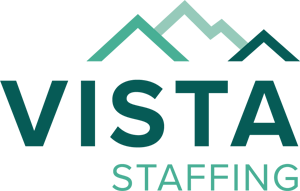Shortage of physicians expected by the year 2032
According to a new report by the Association of American Medical Colleges (AAMC), there could be a shortage of 46,900 to 121,900 physicians by the year 2032. For specialty care specifically, the shortage is estimated to be between 24,800 and 65,800, making up about half of the total across all physicians.
Major contributing factors
As we continue to develop new treatments and focus on the lifestyle factors that influence health, more and more Americans will live longer lives. In fact, based on data from the U.S. Census Bureau, the population is predicted to grow by more than 10% over the next 13 years, with individuals 65 years and older increasing by almost 50%. Because seniors require more care than the younger population, demand is expected to increase steadily.
The aging population will also influence the supply of physicians in the workforce. A review of the American Medical Association (AMA) Masterfile shows that 40% of the physician workforce will reach or surpass 65 years old over the next 10 years. When these physicians decide to retire will likely have the greatest impact on just how severe the supply shortage becomes.
Addressing the impending shortage
Over the last 17 years, enrollment in medical schools has increased by almost 30%. However, since physician training takes a minimum of 7 years to complete and up to 15 years for some specialties, that will likely just be part of the solution.
Innovation in the delivery of care, incorporation of new technologies, more efficient use of advanced practice providers, and an increase in government support are all needed to address the impending shortage.
RIght now, the AAMC is backing two pieces of legislation that would help to address the shortage by increasing the number of residency slots available over the next 5 years and boost funding from Medicare for hospitals providing Graduate Medical Education (GME). The additional 15,000 residency slots created would account for about 25% of the physicians necessary to meet the country’s growing workforce needs.
 company
company 
 (866) 755-7519
(866) 755-7519












